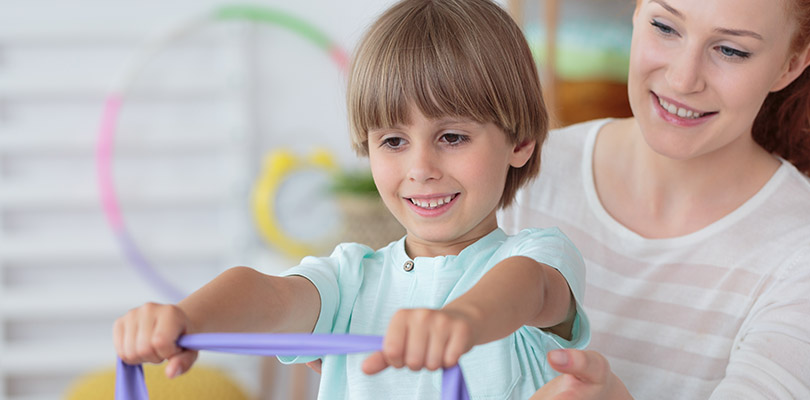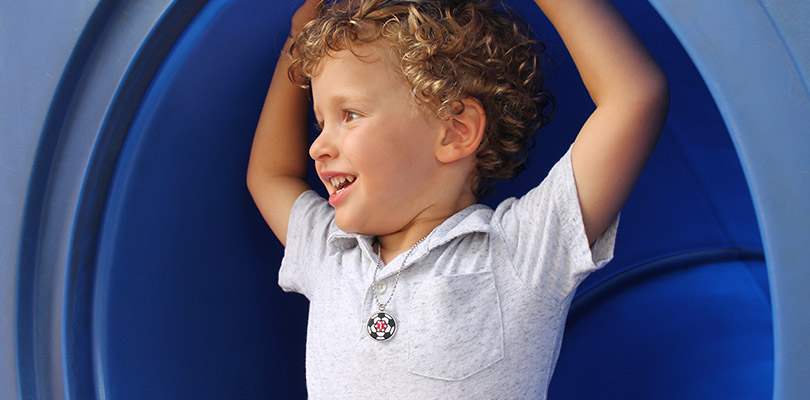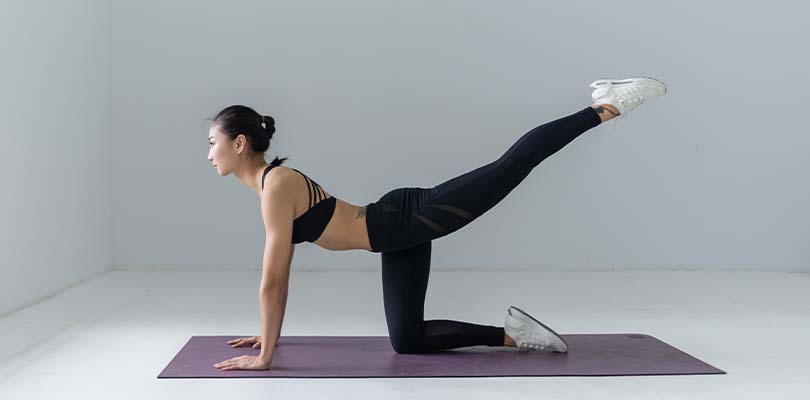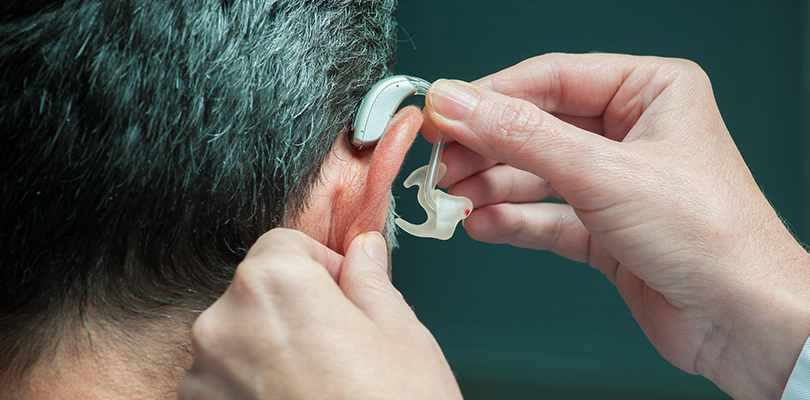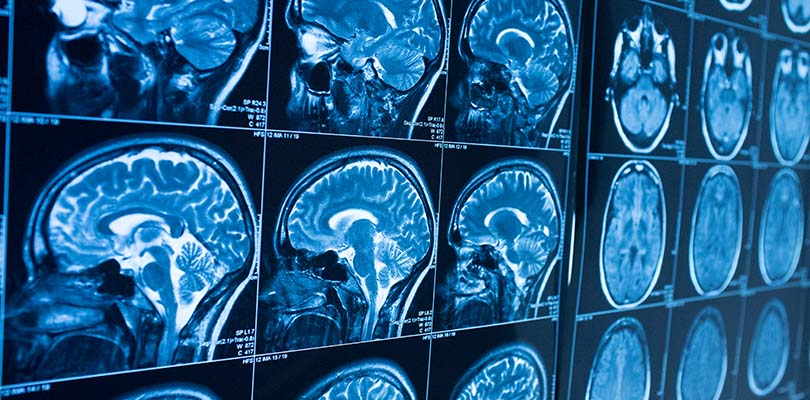What You Need to Know About Scoliosis Treatment
A majority of scoliosis cases are mild, and the curves of the spine don’t require active treatment. As children hit growth spurts and go through puberty, spinal curves need to be monitored to ensure the curves don’t worsen. If there are increases in a child’s spinal deformity, an evaluation determines if active treatment is required.
What Is Scoliosis?
Scoliosis is a sideways curve of the spine that happens mostly in adolescents at the onset of a growth spurt. While the cause of scoliosis is unknown, symptoms can include uneven shoulders, waist, or hips, one prominent shoulder blade, or ribs that stick out on one side.
Often mild, some children’s curvatures of the spine become worse as they grow. Severe scoliosis can impact the space of the chest cavity, creating difficulty for lung function.
There are three main categories of scoliosis treatment options, which depend on the severity of scoliosis as well as the medical practitioner:
- Observation of scoliosis
- Nonoperative treatment
- Surgical treatment
Observation of Scoliosis
Observation is recommended for curves that have a small degree measurement when patients are growing (25 to 30 degrees) or for moderate size curves (40 to 45 degrees) when patients are done growing. Many curves in children will not go beyond 30 degrees, and they will likely not have to wear a brace.
Doctors will do x-ray evaluations every few months to monitor the curve of the spine to determine whether bracing is required. Observation continues into adulthood to ensure that scoliosis doesn’t progress.
Physical therapy, yoga, and chiropractic medicine can be used to help manage pain for those with mild symptoms and curves that are not large; however, these practices have not been proven to prevent curve progression.
Nonoperative Scoliosis Treatment
One nonoperative treatment is bracing, for curves between 25 to 45 degrees in growing children. Bracing is used to prevent further curvature (and hopefully avoid surgery) while still enabling the spine to grow.
While the brace cannot correct the existing curves, it is used to attempt to prevent the current curves from getting worse. Most braces are worn day and night; studies have shown their effectiveness increases with the number of hours the brace is worn each day. It may create a few restrictions on some activities, but most activities can still be done with a brace.
Wondering, "What supplements should I take?" Here are six health supplements that are known to help improve your overall health and well-being.
Braces are discontinued after the child reaches their full height, and their bones stop growing. Successful brace treatment requires:
- Early detection while the child is still growing.
- A mild to moderate curve.
- Regular examination by the doctor.
- Wearing the brace as directed.
- A well-fitted brace that is replaced throughout the child’s growth.
Types of Scoliosis Braces
The most common brace is the Thoracolumbar-Sacral Orthosis for mid-back and lower spinal curves. It is made of plastic and contoured to conform to the body. This close-fitting brace fits under the arms, around the rib cage, lower back, and hips.
The night only brace is not as common but is prescribed for moderate curves.
A full-torso brace is prescribed to those with higher curves and is distinct from the others as it has a ring around the neck with places for the chin and back of the head to rest, as well as bars in front and behind the brace.
Surgical Scoliosis Treatment
Surgery is reserved for those with curves generally greater than 50 degrees, or for patients who have a high risk of their scoliosis worsening into adulthood.
Surgery can be arranged for those with smaller curves if the appearance is bothersome or if other symptoms arise as a result of scoliosis. The objective of surgery is to correct the spinal curve and prevent curve progression in order to limit pain, enable body function and ensure breathing doesn’t become uncomfortable.
The most common type of scoliosis surgery is spinal fusion. Surgeons determine the optimum degree that they can safely correct the deformity and connect two or more vertebrae (bones in the spine) so the bones can’t move independently.
Pieces of bone or other material that mimic bone, like metal implants, are placed between the vertebrae. Metal rods, hooks, wires, or screws hold that section of the spine straight and still while surgeons fuse the old and new bone material together.
For those who experience rapid progression of scoliosis, surgeons can install a rod that they are able to adjust in length as a child grows.
The rod attaches to the top and bottom sections of the spinal curvature and is usually lengthened every six months (or sooner, depending on whether the child hits a growth spurt). The rods modify the spine curvature and hold the spine in the corrected position until the spine elements fuse together.
Are There Alternative Scoliosis Treatment Options?
Alternative medicine includes chiropractic manipulation, electrical stimulation of muscles, and dietary supplements. Research studies have shown these three options are ineffective at preventing scoliosis.
General exercising can’t stop scoliosis, but it can improve overall health and strength. A strong core is helpful for many activities that you perform on a day-to-day basis, however, it does not mitigate scoliosis.
While you can’t prevent scoliosis, there are treatments available to help manage it and hopefully prevent the spine from continuing to curve.
If your child has scoliosis, have your doctor measure the curve of their spine and determine which scoliosis treatment option is best. The sooner you are able to start their treatment for scoliosis, the more effective it will be.
